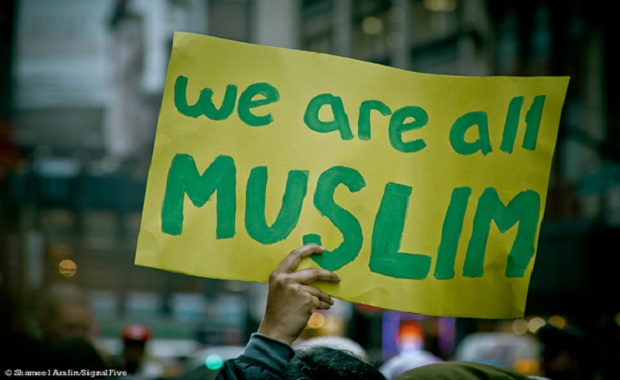
In last week’s edition of The Inclusion Solution, we highlighted several trends we anticipate for 2018. This week we explore, a few more diversity and inclusion trends practitioners should be aware of and prepared to address this year…and beyond:
- Connecting Inclusion and Belonging
While some companies are already connecting their inclusion efforts to the concept of belonging, most companies have not yet incorporated these concepts, including psychological safety, into their language and programs. These concepts will be critical to (re)defining organizations’ business case for diversity and inclusion. Rooted in the research conducted by Shore, et al., the intersection of belongingness and uniqueness captures the ever evolving business and ‘heart’ case, and the “sweet spot” for actualizing inclusion.
- Attracting a Global Workforce and Creating a Global Movement
Globally, the image of the United States continues to deteriorate which can impact US based companies’ ability to effectively increase their market share outside of the US. Our diminished image may have implications for attracting and retaining a global workforce. Leaders will have to pay attention to how polarization might impact internal working relationships, and ultimately engagement and productivity. Additionally, rapidly changing and ambiguous policies on trade is also a trend that will impact global business, perceptions and exacerbate polarization.
Many non-US based companies are starting to more aggressively and intentionally implement D&I strategies, but most are still in the early stages of development. Gender, generations, disabilities, LGBTQ and cultural (ethnic) diversity will remain key areas of focus.
- Reintroducing Equity as a New Area of Focus
The concept of equity is also growing in prominence as a necessary part of the inclusion equation. While this concept has been around for a long time and has been used more in the education and non-profit arenas, the corporate world is starting to delve into equity and we see it being added to titles and departments.
- D&I as Central to a Company’s Mission
D&I will now play a more central role throughout an organization’s mission and structure. The role of the Chief Diversity Officer is evolving much more to pay attention to issues of social justice issues. The external role in the past has been more about partnering with NFP organizations that could support with attracting and developing talent. Now, the role is expanding to how to collaborate in an inclusive way with advocacy organizations and somehow remain non-partisan (impossible to do). The internal communications team will need to be more knowledgeable of D&I related issues and work closely with the D&I office to be able to understand the complexities and nuances of their messages. Additionally, based on the tax advantages corporations will now enjoy, they will be expected to give back to employees and the community in ways that they were not in the past. It will be interesting to see the decisions that they make.


















